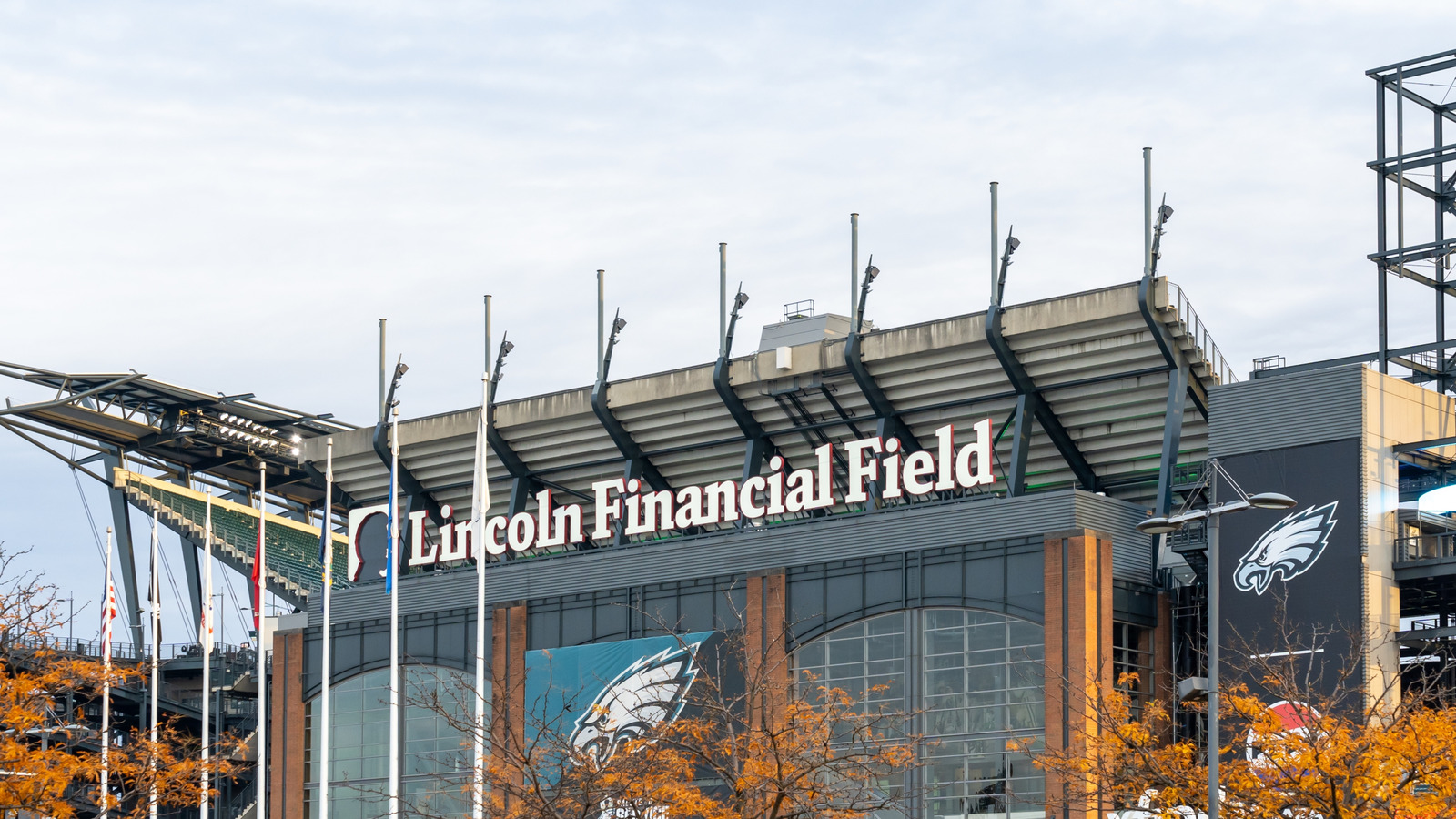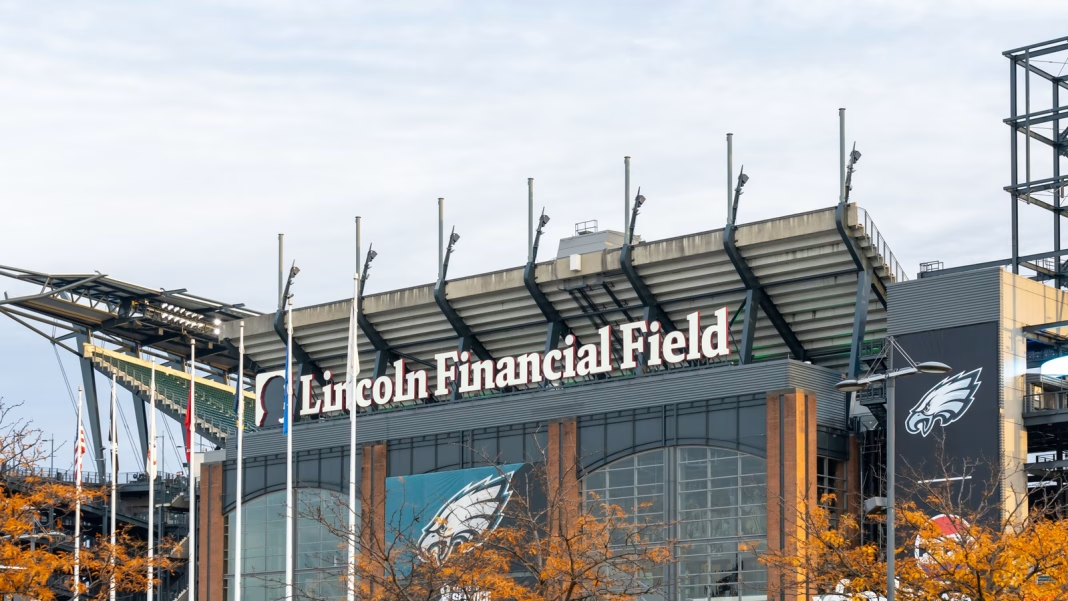Why Do So Many Rely on Philly’s Public Transit—But So Few Want to Fund It?
If you’ve ever tried to drive into Center City on a weekday morning, you know the gridlock isn’t for the faint of heart. Yet, every day, hundreds of thousands of Philadelphians and suburbanites glide past the mess—thanks to SEPTA’s buses, trains, and trolleys. Here’s the twist: while the city’s public transit system keeps the region humming, the financial burden falls squarely on Philadelphia, even though the benefits ripple far beyond city limits.
Who Actually Benefits from Philadelphia’s Transit System?
It’s easy to assume that only city residents use the subway or hop on a trolley. But the numbers tell a different story. According to the Delaware Valley Regional Planning Commission, nearly 40% of SEPTA’s weekday riders come from the suburbs. That means folks from Montgomery, Bucks, Delaware, and Chester counties rely on Philly’s transit to get to work, school, or a night out at the stadiums. And it’s not just about convenience—businesses in the suburbs see increased productivity and access to a broader talent pool because employees can commute efficiently.
The economic impact is staggering. A 2023 study by Econsult Solutions found that every dollar invested in SEPTA generates $3.21 in regional economic activity. That’s new jobs, higher property values, and more tax revenue for everyone—city and suburbs alike.
Why Is Funding Philly’s Transit So Lopsided?
Despite these shared benefits, the funding model for SEPTA is anything but balanced. Philadelphia shoulders the lion’s share of local contributions, while surrounding counties contribute far less per capita. State and federal funds help, but they’re often unpredictable and tied to political winds. The result? Chronic budget shortfalls, service cuts, and deferred maintenance.
Why the reluctance from the suburbs? Some point to political divides—transit is often seen as a “city issue,” even though the data says otherwise. Others worry about higher taxes or question whether their communities get a fair return on investment. But when a train delay in Center City ripples out to a missed meeting in King of Prussia, the interconnectedness becomes hard to ignore.
What Happens When Transit Funding Falls Short?
We’ve seen the consequences play out in real time. In 2022, SEPTA faced a $240 million budget gap, threatening to slash routes and raise fares. That would have stranded thousands of workers, students, and seniors—not just in Philadelphia, but across the entire region. Local businesses braced for lost sales, and hospitals worried about staff shortages. It’s a domino effect: when transit falters, the whole region feels the pain.
There’s also a long-term cost. Deferred maintenance leads to breakdowns and safety concerns. Service cuts make transit less reliable, pushing more people into cars and clogging already congested roads. The environmental toll? More emissions, worse air quality, and a step backward on climate goals.
Are There Creative Solutions Other Cities Have Tried?
Philadelphia isn’t alone in this struggle. Cities like Boston and Chicago have experimented with regional funding models, pooling resources from both city and suburbs. In some cases, dedicated sales taxes or employer payroll contributions help spread the cost more equitably. For example, the Bay Area’s BART system draws funding from multiple counties, recognizing that transit benefits don’t stop at city borders.
There’s also growing interest in public-private partnerships. Major employers, universities, and healthcare systems have a stake in reliable transit and sometimes chip in to support service improvements. The key is recognizing that everyone—whether they ride every day or just benefit from less traffic—has skin in the game.
How Can Everyday Riders and Residents Make a Difference?
It’s easy to feel powerless in the face of budget battles and political gridlock. But history shows that public pressure works. When riders and businesses band together to demand fair funding, lawmakers listen. Community organizations have successfully lobbied for increased state support and more transparent budgeting. Even small actions—like contacting your county commissioner or attending a transit board meeting—can add up.
And don’t underestimate the power of storytelling. Sharing how transit impacts your daily life—whether it’s getting to work, visiting family, or accessing healthcare—puts a human face on the issue and helps shift the conversation from numbers to real-world impact.
What’s the Real Cost of Ignoring Regional Transit Funding?
Let’s be honest: the status quo isn’t sustainable. If we keep treating public transit as just a “city problem,” we all lose. The region’s economic growth, environmental health, and quality of life depend on a system that works for everyone. The big takeaway? Supporting Philadelphia’s public transit isn’t about perfection—it’s about smarter adjustments. Start with one change this week, and you’ll likely spot the difference by month’s end.


